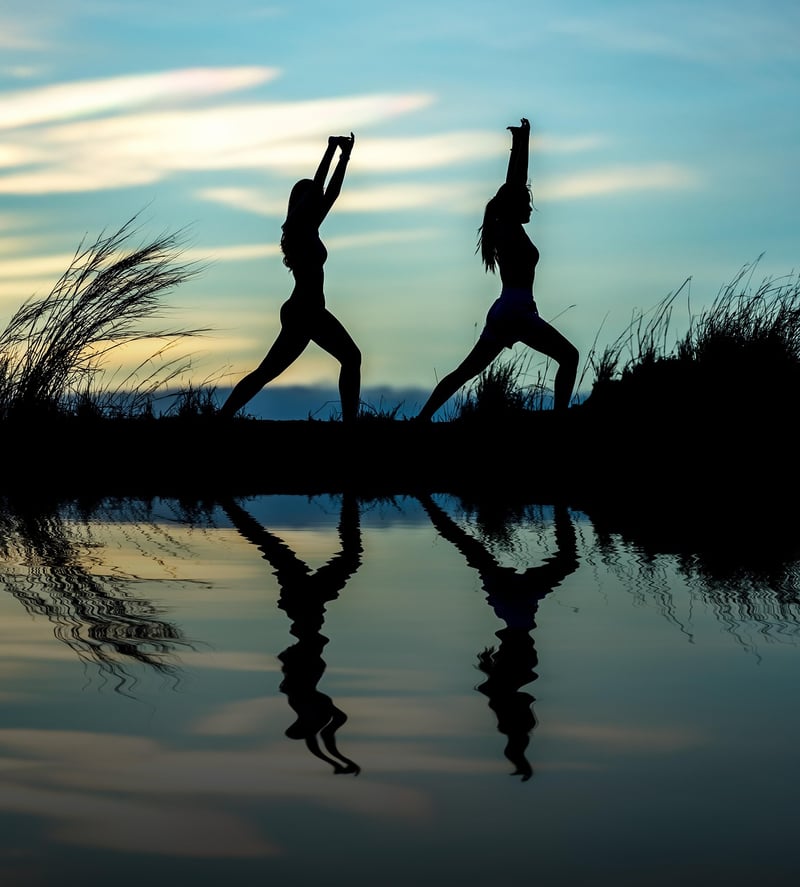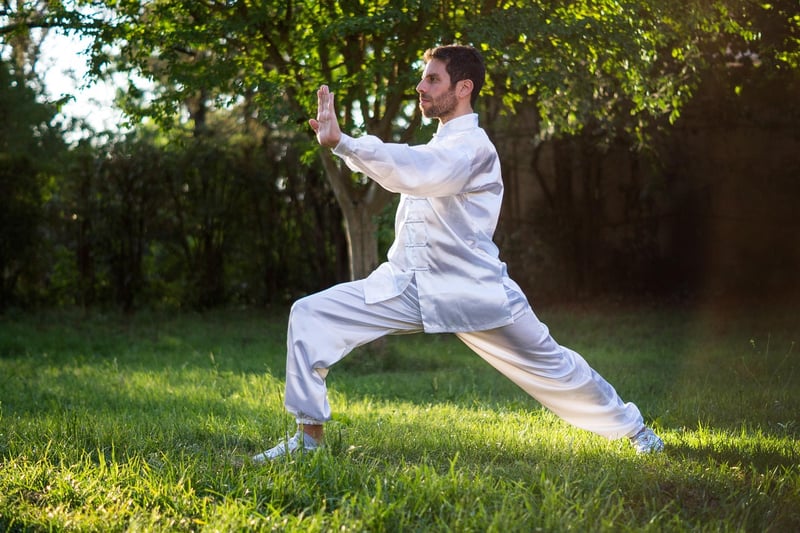Pilates for Strength
Practices that Integrate Body and Mind for Overall Well-being
Mind-Body Connection
Integrating the body and mind is essential for achieving holistic well-being. By focusing on practices that cultivate this connection, individuals can experience improved mental clarity, emotional stability, and physical health.
Yoga
Yoga is a centuries-old practice that combines physical postures, breathing techniques, and meditation to enhance the mind-body connection. It promotes relaxation, flexibility, and mindfulness.

Meditation
Meditation is a practice that involves training the mind to focus and redirect thoughts. It can reduce stress, improve concentration, and promote emotional well-being.

Tai Chi
Tai Chi is a Chinese martial art that combines gentle movements and deep breathing to promote relaxation and balance. It is known for its calming effect on the mind and body.

Pilates for Strength and Flexibility
What is Pilates?
Pilates is a form of exercise that focuses on strength, flexibility, and overall body awareness. It targets the core muscles, aiming to improve posture, balance, and coordination.
Benefits of Pilates
- Strengthens core muscles
- Improves flexibility
- Enhances muscular control
- Promotes better posture
- Increases overall body awareness
How to Get Started
Whether you're a beginner or have experience with fitness, Pilates can be adapted to suit your level. Consider joining a Pilates class led by a certified instructor to learn proper techniques and form.
Equipment for Pilates
While Pilates can be done using just a mat, there are specialized equipment such as reformers, chairs, and barrels that can add variety and challenge to your workouts.
Takeaway
Integrating practices that focus on the mind-body connection, such as yoga, meditation, Tai Chi, along with incorporating Pilates for strength and flexibility, can lead to an overall improvement in physical, mental, and emotional well-being.
